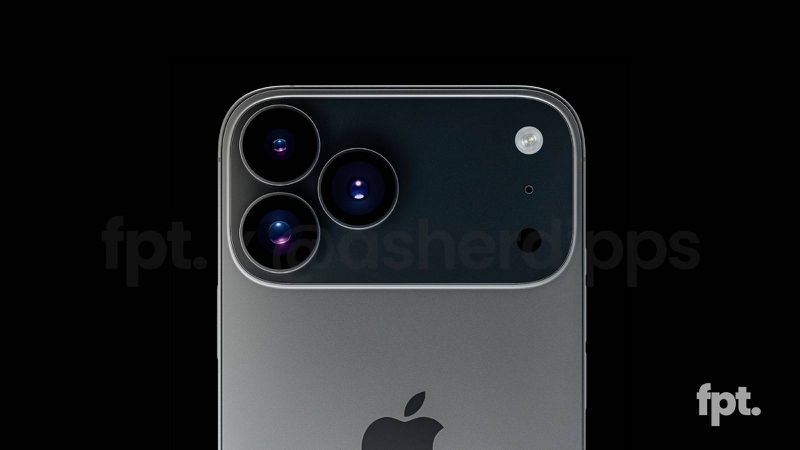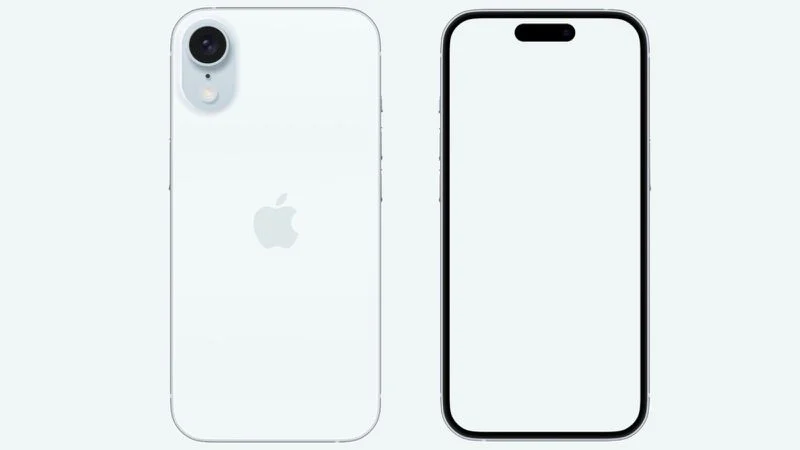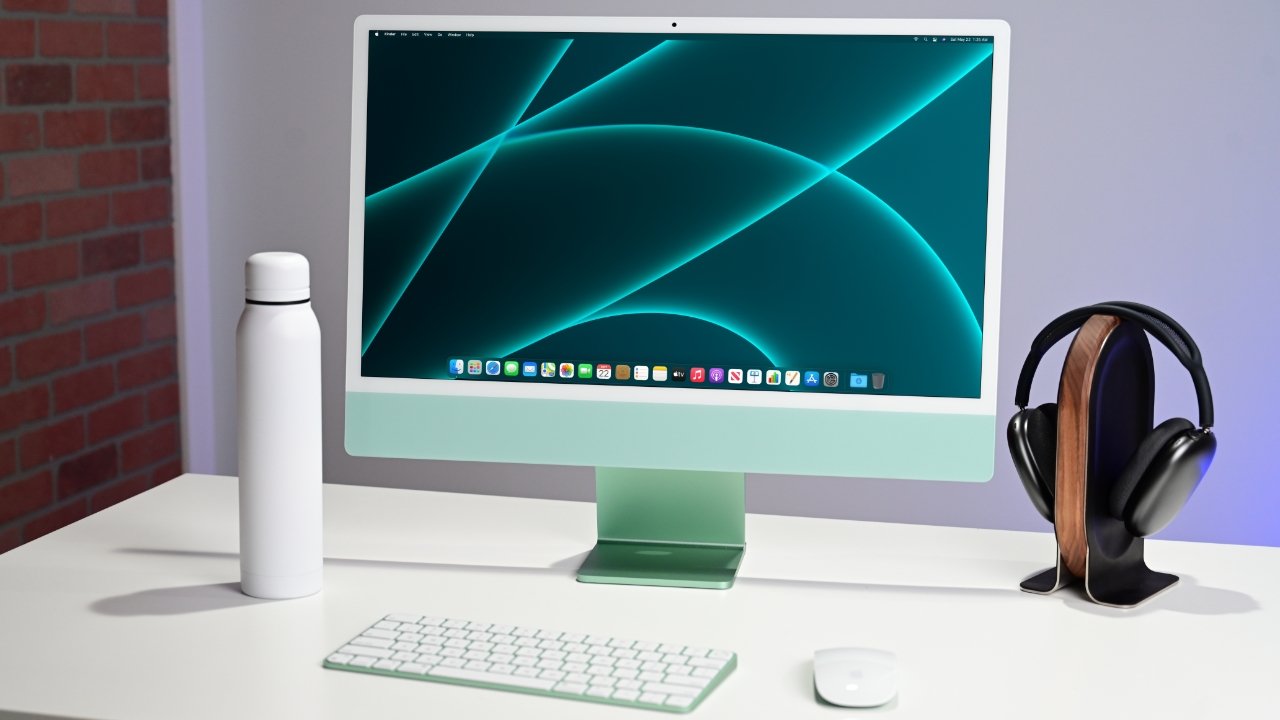Apple’s upcoming “iPhone 17 Air” could surprise fans with a slightly larger screen than first thought. On a recent episode of the Recycle Bin podcast, tech insider Jon Prosser shared that the iPhone 17 Air will likely have a 6.7-inch display. This is a small jump from earlier rumors pointing to a 6.6-inch screen. Last year, screen expert Ross Young predicted a 6.55-inch display, which rounds up to 6.6 inches. Now, it’s unclear whether the size will land at 6.6 or 6.7 inches—both seem possible.
Prosser also mentioned that the iPhone 17 Air could be super slim, measuring about 5.64mm thick. That’s not counting the back camera bump, though. Another trusted source, Apple analyst Ming-Chi Kuo, had suggested it might be even thinner at 5.5mm. The two numbers are close, so either could turn out to be right.
Jon Prosser, who runs the YouTube channel Front Page Tech, is a familiar name in the tech world. He’s had some wins and losses with Apple leaks. For example, he nailed the AirTag’s look in 2020, way before its launch, and shared spot-on details about the iPad mini 6. But he missed the mark when he said the Apple Watch Series 7 would have flat sides—something that didn’t happen, though Apple might have toyed with the idea.
Lately, Prosser has been busy dropping hints about Apple goodies. He’s teased possible designs for the iPhone 17 Pro and iPhone 17 Air, plus a rumor that iOS 19 might bring a fresh Camera app styled like visionOS. Fans won’t have to wait too long to find out. Apple is expected to unveil the iPhone 17 Air in September. For now, these details are just whispers, but they’re enough to get people excited about what’s next!






